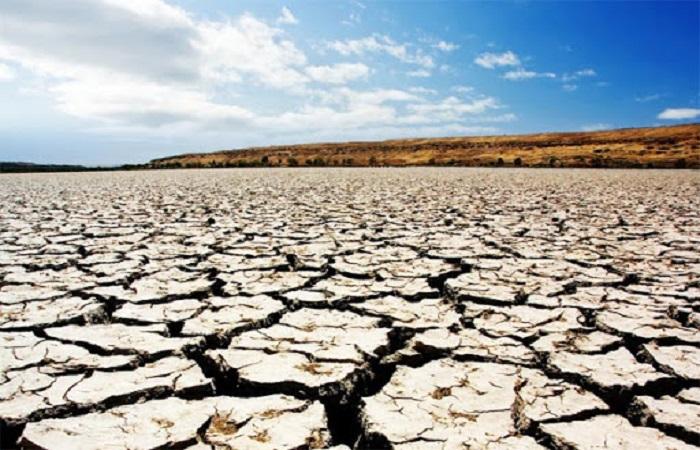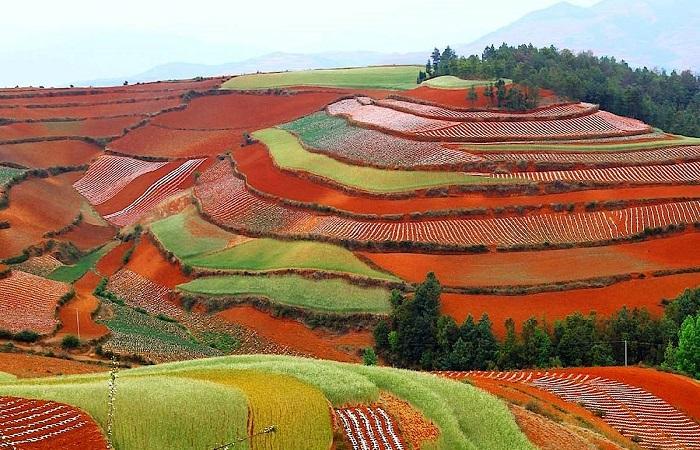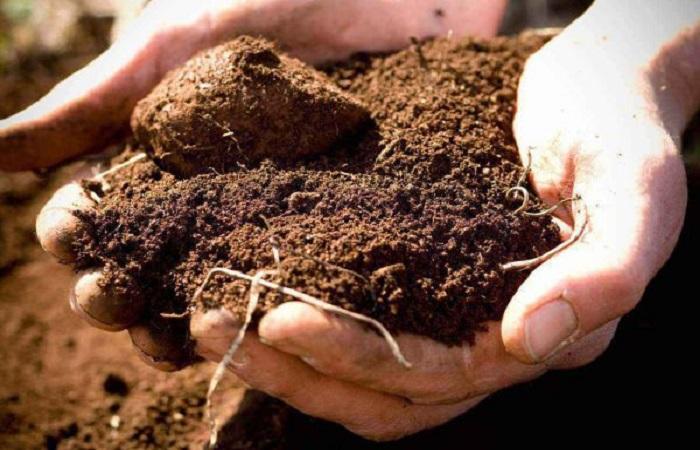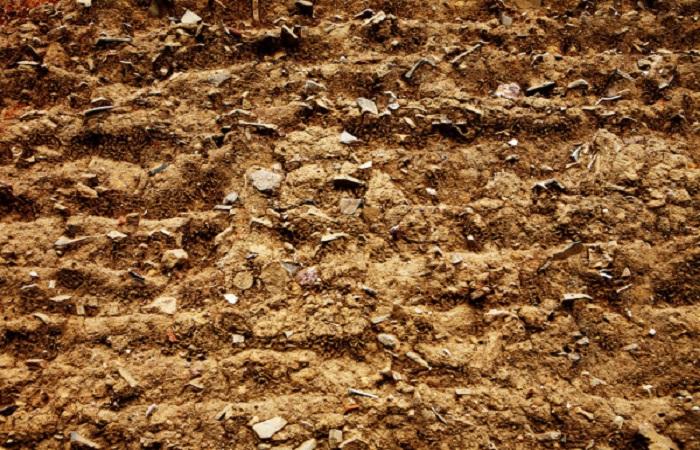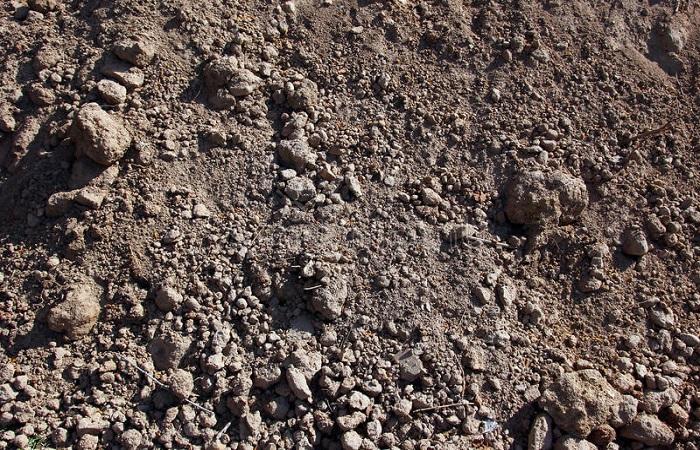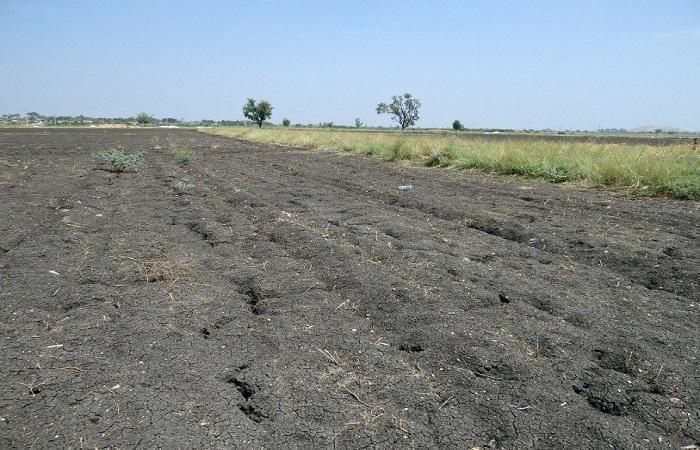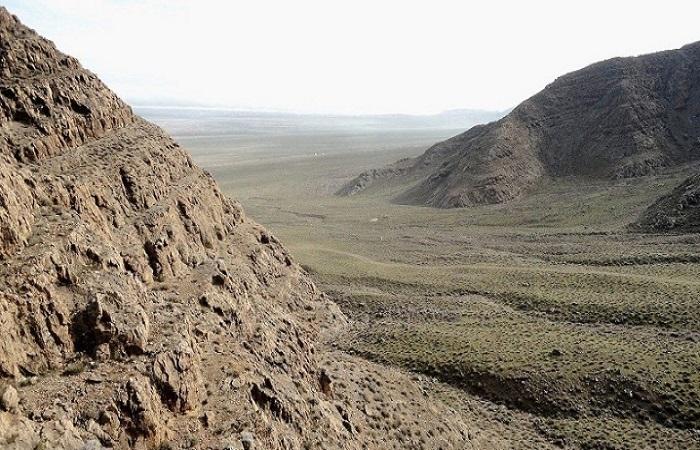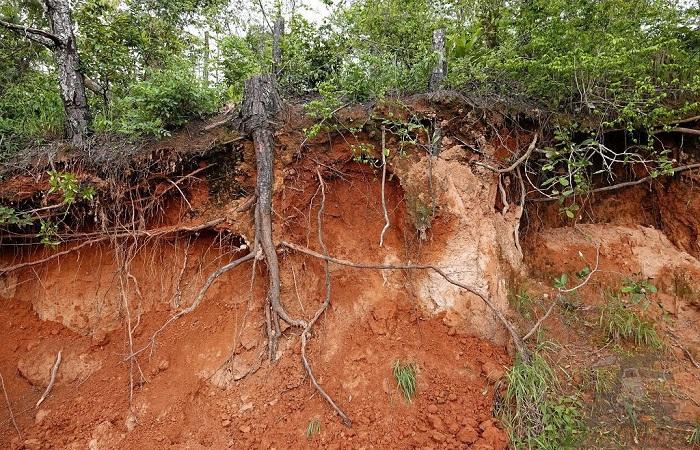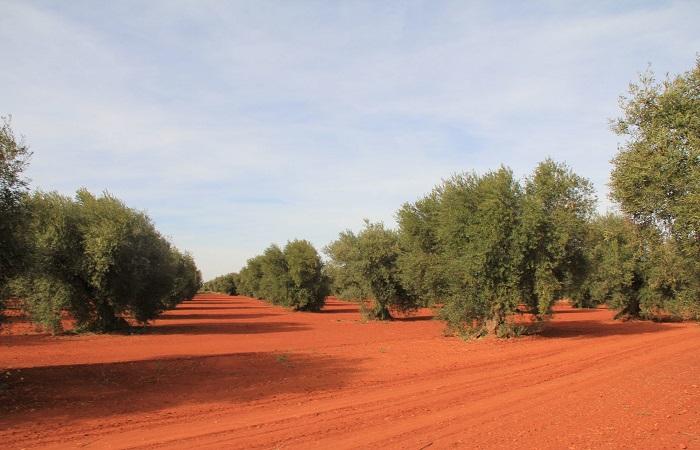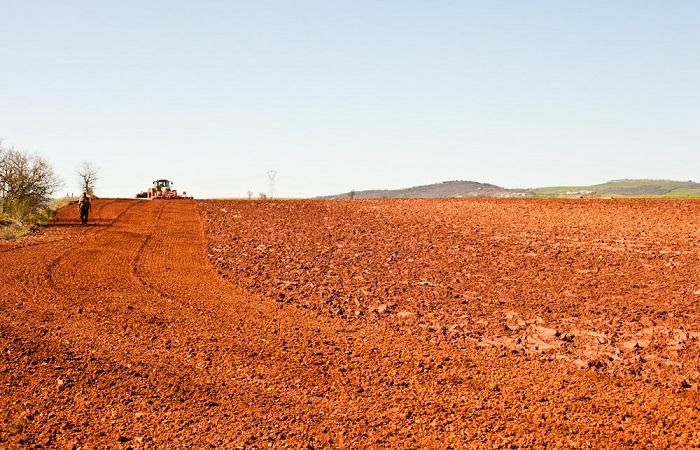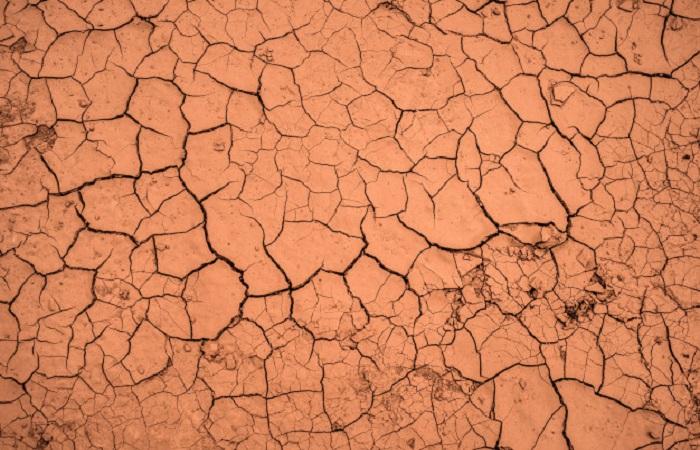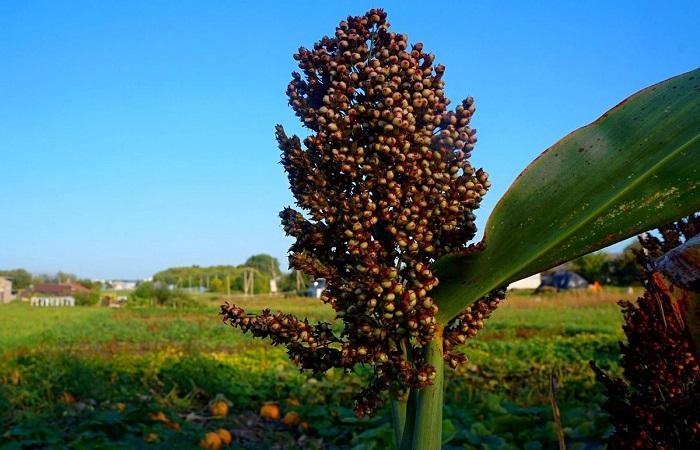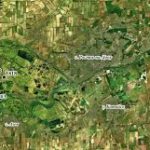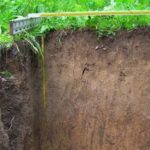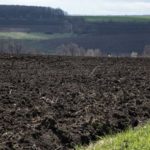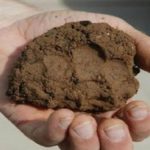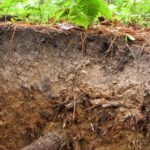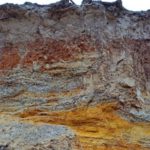On the planet, one climate zone replaces another. They differ not only in temperature conditions and humidity levels, but also in the quality, composition and even color of the soil. Due to the complex geographical location and specific vegetation, the soils of the tropics and subtropics were poorly studied until recently. They are characterized by low fertility and characteristic yellowish, orange and reddish shades.
Specifics
The soils of the subtropics and humid tropics occupy only 23% of the total land area on the globe. Soils of this kind are practically not found on the territory of the Russian Federation. The subtropics occupy smaller areas than the tropics.
The formation of these types of soils is influenced by the following factors:
- Climate. There are long summers with high temperatures and high rainfall, and short and warm winters. The ground never freezes, and there are no frosts in the tropics.
- Soil-forming rocks. All local rocks have undergone severe weathering. In mountainous areas, igneous rocks predominate, in lowlands - alluvial and deluvial-proluvial.
- Relief. Basically, the elevations here do not exceed 600 meters. Elevation changes provide pronounced erosion processes on the slopes and significant waterlogging of soils at the foot and in the valleys.
- Vegetation. In these zones, due to the large amount of heat and moisture, plants grow vigorously, actively and in large quantities. The green mass grows during the wet season, and then the plants suffer from drought. This leads to the death of the vegetation layer and the fall of leaves, which forms a layer of humus.
The soils of these zones are characterized by reddish and yellowish shades, the formation of yellow, orange and red colors on the basis of rocks, not too much humus with a poorly formed horizon. As seasons of abundant moisture and drought alternate, a layer of organic sediment forms quickly.
Classification of subtropical and tropical soils
All types of soils in tropical and subtropical regions are divided into the following types:
Krasnozems
Red soils are formed on the basis of rocks of volcanic origin, which contain significant amounts of magnesium, iron and alumina, which determines their specific shades. The layer of source rocks can reach a thickness of 10-12 meters.
In most cases, red soils are distinguished by their density and clay composition. They may contain up to 12% humus, but there is not enough phosphorus to form a large harvest. The characteristics of red soils can vary greatly, but all of them quickly lose their properties once agricultural cultivation begins.
Zheltozems
They are typical for subtropics with a humid and warm climate, and are based on a thin layer of weathered crust, 2-3 meters thick. The soils are clayey or loamy.
Yellow soils have lower physical characteristics than red soils.
Yellow soils are divided into the following varieties:
- Gley.
- Podzolic yellow soils.
- Podzolic-yellow earth-gley.
Such soils have low acidity.
Brown soils
Such soils arise in the presence of long summers with high temperatures and dryness, and short winters without severe frosts. They are characteristic of subtropical regions with carbonate soils, often located at the foot of mountain ranges, and contain significant amounts of iron and magnesium, which affects the color. They are also distinguished by the presence of clay, alkaline and slightly alkaline reactions.
There is 2-7% humus in the soil; it is rapidly being lost due to leaching after plowing the land.Brown soils have a granular structure with lumps; vineyards and melons are grown on them, provided there is irrigation.
Gray-brown soils
This variety is typical for the dry steppes of the subtropics, as well as plains, foothills and low mountain areas. Gray-brown soils are a transitional stage from gray desert soils to brown soils. They form in a subtropical climate with long, dry summers and short, damp winters.
The humus layer here does not exceed 4.5%, the reaction is alkaline or slightly alkaline, the earth is lumpy.
You can grow grapes, cotton, subtropical fruit plants such as pomegranate, fig or walnut on gray-brown soils, but only with regular application of mineral fertilizers and well-established watering.
Black soils
Such soils can easily be confused with chernozems, but, unlike them, black soils contain only 1-2% humus, although the horizon can reach 1 meter. They form on weathered rocks with a high content of carbonates and iron.
Black soils differ from true chernozems in their significant content of clay particles. Because of this, during the rainy season the earth strongly absorbs moisture, and when it dries out in heat and drought, it cracks deeply. The soil reaction can be slightly acidic or slightly alkaline.
Compared to other varieties, black soils have greater fertility, provided mineral fertilizers are applied and irrigation is available.
Serozems
Gray soils are formed on loess and loess-like loams, located on pebbles as a substrate. They are porous, loose, permeable, with some clay content.
Red-yellow soils
The place where such lands are formed is densely overgrown tropical forests. They are found on sedimentary and igneous rocks that are subject to significant weathering. The change of seasons is hardly noticeable here; vegetation forms in a hot and humid climate. The soils are acidic, with a humus content of no more than 4%. They are not suitable for agriculture, they require constant application of fertilizers, but after uprooting the trees and plowing, they still quickly lose their useful qualities.
Red ferrallitic soils
Such soils are typical for savannas with high grass stands, variable forests with a dry season lasting up to 4 months. They contain a lot of iron, which determines their characteristic color and are similar in properties to red-yellow soils, but differ from them in that during drought they dry out to a considerable depth.
Soils of this type are suitable for growing crops, but require liming and the addition of phosphorus-containing fertilizers.
Red-brown soils
The place of occurrence of such soils is savannas with a drought duration of up to 6 months. Vegetation dies, leaves fall off, but mineralize in the upper layer due to lack of moisture and rapid drying of organic matter.
Soils are characterized by a fairly large humus horizon - up to 20-30 centimeters, but the humus content in it is no more than 2%. The soil reaction varies, from slightly acidic to slightly alkaline. Contains a large percentage of iron.
Red-brown soils
Their habitat is mountainous areas, they are formed on rocks subject to severe weathering with a loose structure - loess, loam and clay. The color is due to the influence of iron oxides.
Humus in the ground is up to 3-6%, its amount decreases as it goes deeper into the horizon. The upper layers give a neutral reaction, but when lying above carbonate rocks the reaction becomes alkaline.
Plants that are resistant to drought and high temperatures grow on such soils.
Application of subtropical and tropical soils
In these zones, the climate is excellent for growing a number of crops, especially those that need the conditions characteristic of such areas: high temperatures and plenty of moisture, both in the soil and in the air.
Although it is believed that local soils have poor fertility, regular application of significant doses of mineral and organic fertilizers can significantly improve it. Oilseeds and essential oil crops, tea, coffee, citrus fruits and many other plants exotic to other regions are cultivated here.
The main problem is water erosion. During the wet season, the abundance of precipitation leads to floods, during which streams of water wash away the already meager layer of humus.

